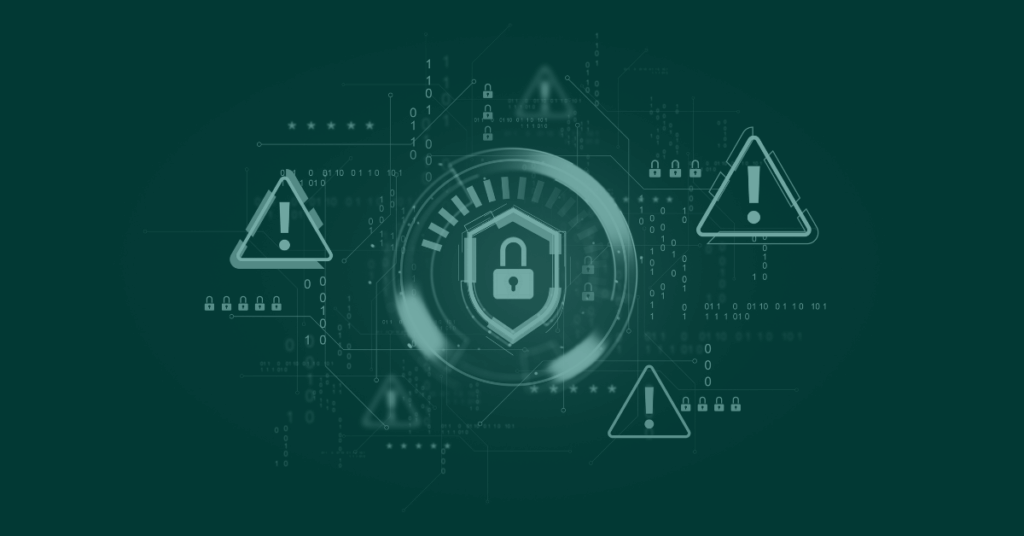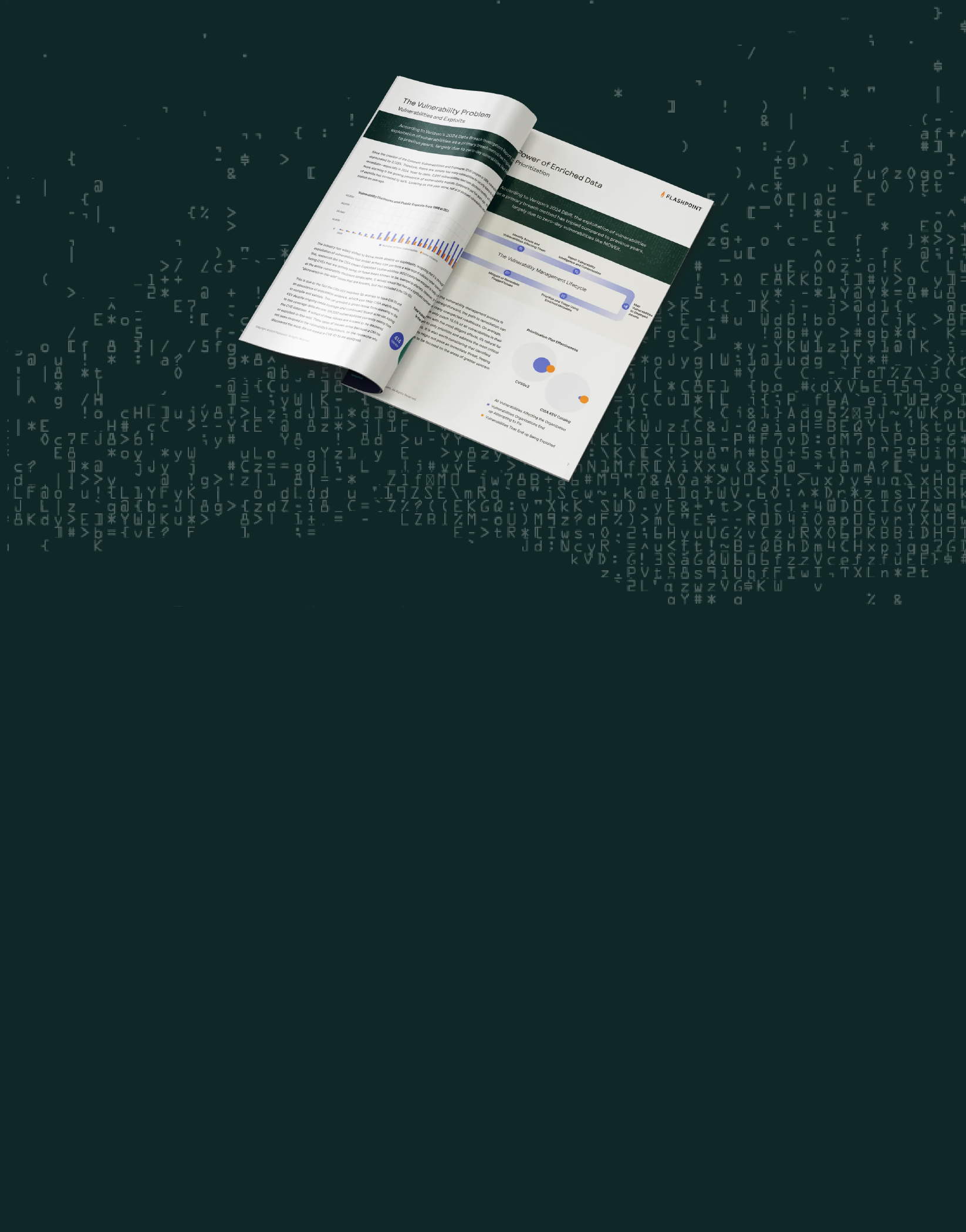What is Continuous Threat Exposure Management (CTEM)?
Continuous Threat Exposure Management (CTEM) is a proactive, intelligence-driven framework. It is designed to help organizations continuously assess, prioritize, and remediate cyber risks across their attack surface.
What are the five steps in Continuous Threat Exposure Management (CTEM)?
Unlike traditional, reactive vulnerability scanning, CTEM operates in a closed loop, focusing on five cyclical stages: Discovery, Prioritization, Validation, Mobilization, and Measurement.
The goal of CTEM is to transform security from an endless list of low-context alerts into a targeted program focused on reducing the risk that adversaries will successfully exploit critical assets. It forces security teams to move beyond simply tracking activity (e.g., scanning 1,000 vulnerabilities) to proving tangible outcomes (e.g., reducing the exposure to the top five most actively exploited threats).
What Are the Benefits of Implementing CTEM?
Reduced noise, accelerated remediation, tangible reduction of attack surface.
The main benefit of implementing Continuous Threat Exposure Management (CTEM) is transforming security from a reactive, overwhelmed posture into a proactive risk-reduction program.
By integrating real-time adversary intelligence into the vulnerability management lifecycle, CTEM ensures security teams prioritize fixing only the exposures that are actively being targeted and exploited.
This intelligence-led prioritization effectively reduces noise, accelerates remediation, and allows organizations to measure a tangible reduction in their attack surface against the most relevant threats.
How CTEM Applies in Today’s Threat Landscape
CTEM is a necessity in today’s landscape due to several key factors:
- Attack Surface Expansion: Concepts like External Attack Surface Management (EASM) and the rise of Shadow IT mean organizations cannot accurately inventory their assets. CTEM’s Discovery phase focuses on continuously mapping this growing attack surface.
- Prioritization Paralysis: Traditional Vulnerability Management (VM) overwhelmed teams with alerts based on static scores (CVSS). CTEM solves this with Threat-Informed Prioritization, using real-time intelligence (Exploit Intelligence and Adversary TTPs) to filter vulnerabilities by their actual exploit likelihood.
- The Cyber-Physical Convergence: CTEM acknowledges that risk is holistic. It includes not just network flaws, but also Software Supply Chain Risk and exposures that affect overall Cyber Resilience, ensuring that remediation efforts focus on the vulnerabilities that attackers are actively targeting.
How Flashpoint Accelerates CTEM
Security teams are overwhelmed by data volume and stuck in the prioritization gap. They may have visibility (Discovery) but lack the external and internal context needed to confidently transition to remediation (Mobilization).
Flashpoint delivers the missing intelligence layer required to accelerate the Exposure Management lifecycle. We provide answers for action, not just more alerts, enabling outcome-based security. In short, we tell you why an exposure matters and how likely it is to be exploited against you today, using deep context. This significantly reduces your Mean Time to Remediate (MTTR) and achieving measurable risk reduction.
Schedule a demo today to learn more about how Flashpoint can help augment your CTEM framework.


